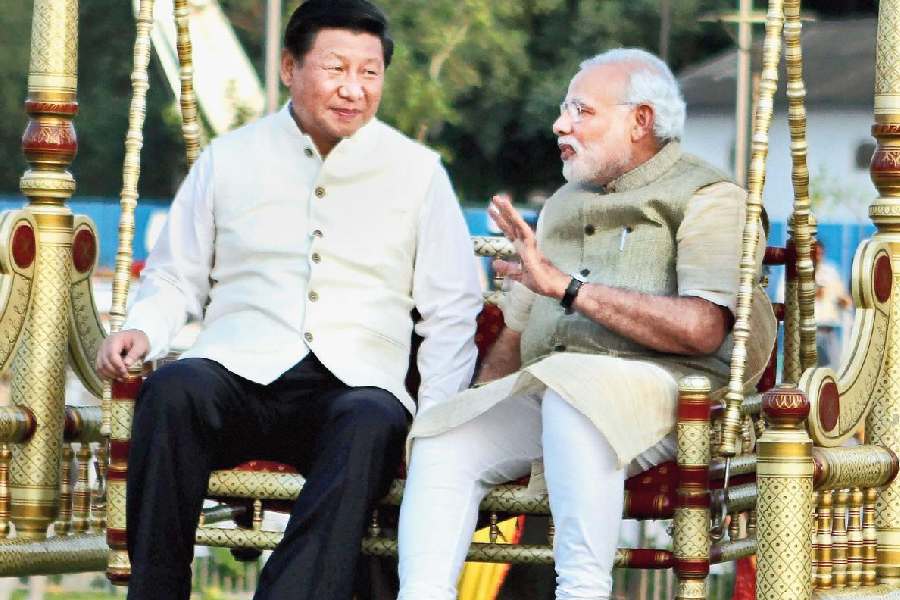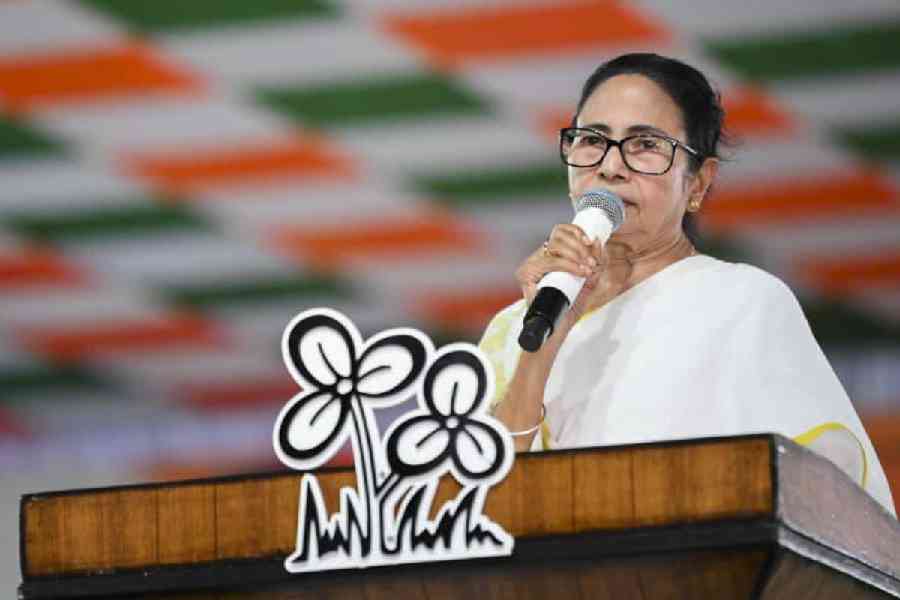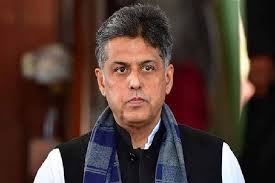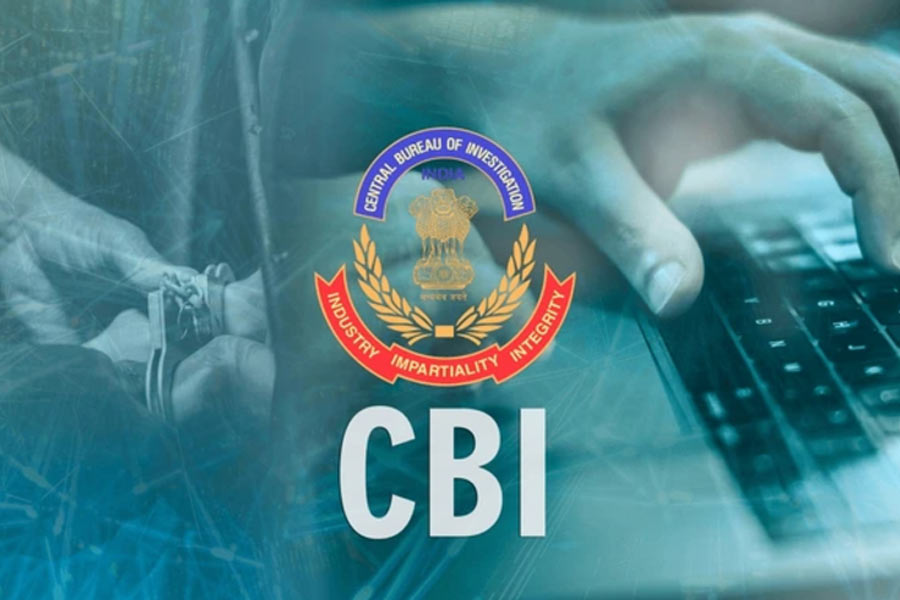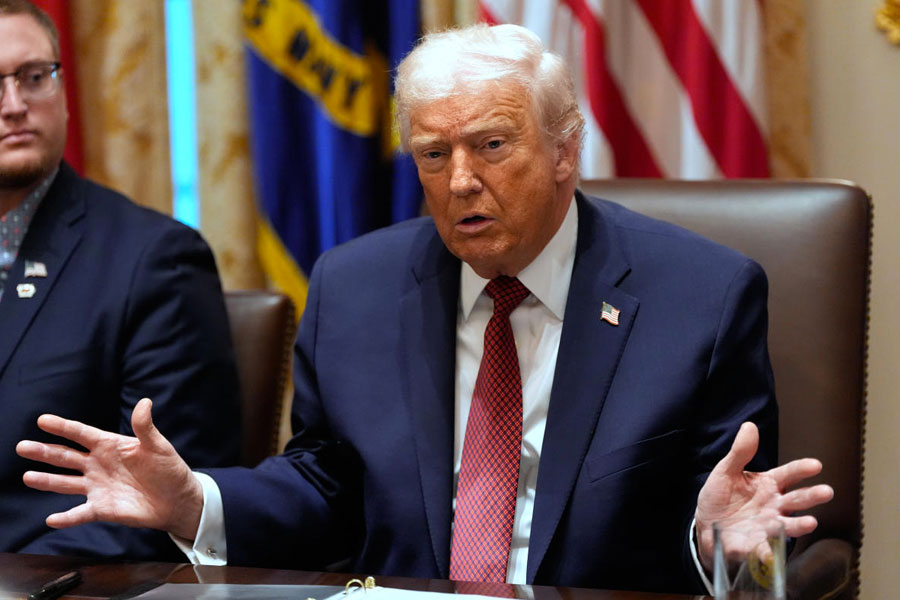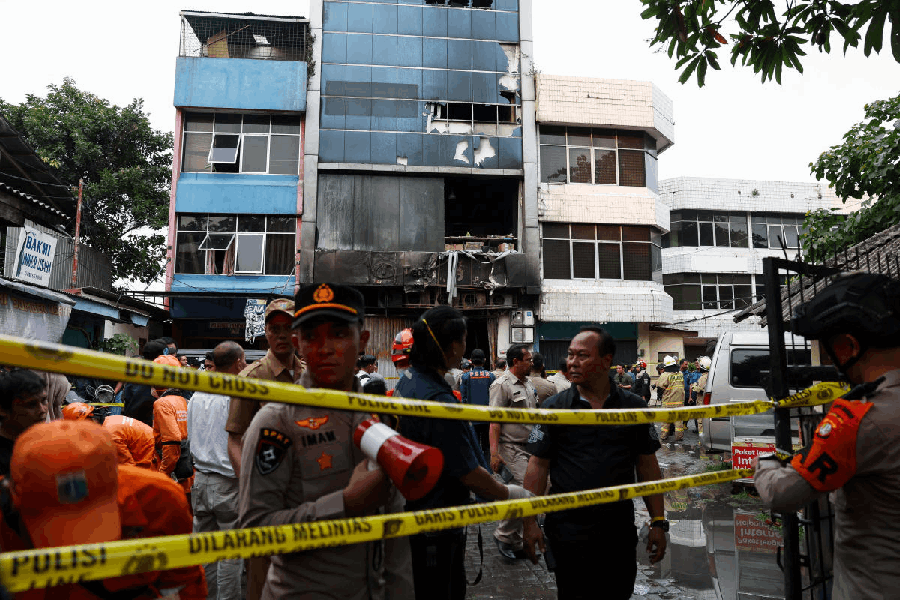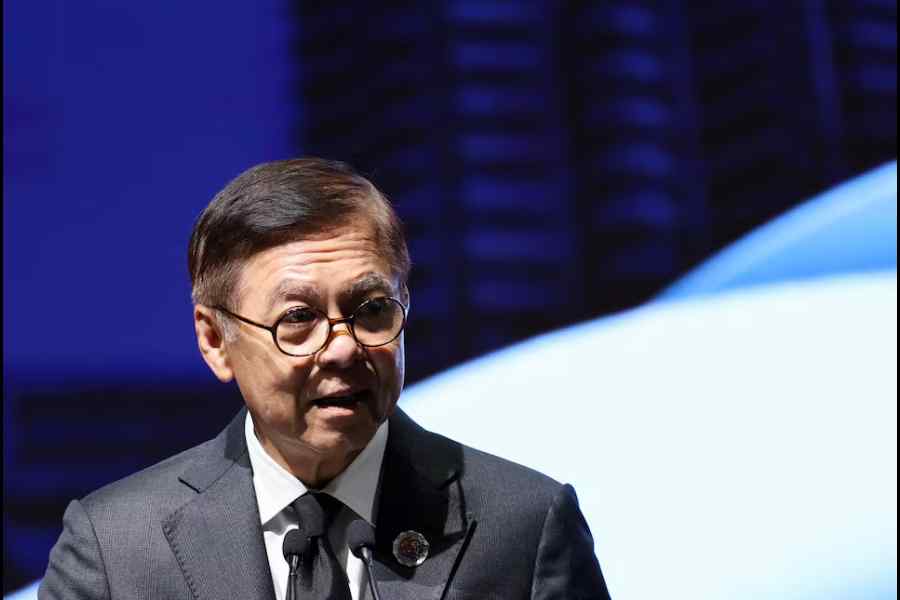As a portmanteau term that considered China and India together, ‘Chindia’ was floating around in the Western press from 2004 when Manmohan Singh became the prime minister. It became popular a few years later as a catchphrase of shared ambition in Asia; many waxed lyrical about two ancient civilisations rising in tandem. That was before Narendra Modi’s ascent to the post of prime minister and his much-trumpeted promise of muscular diplomacy. Today, after Operation Sindoor, the optics have flipped dramatically. New Delhi finds itself hyphenated with Islamabad, not as a challenger to China but as its uneasy, lesser neighbour. Now, talk of India-China is less about partnership and more about imbalance. Beijing stands as a peer to Washington.
In recent months, the Modi government has dispatched a series of ministers and officials to Beijing, presumably to lay the groundwork for Modi’s visit to China in August-September. The official spin is that these shuttle visits — by Rajnath Singh, S. Jaishankar, Ajit Doval, and Vikram Misri — are building upon the understanding reached last October on the disputed Ladakh border “to stabilize and rebuild ties”. But far from any assertion of parity, this diplomatic choreography exposes the nervous anxiety — perhaps weakness — after 11 years of Modi’s rule. While the government clings to a domestic narrative of strength against China at the border, the ground realities are inconveniently stark. The Sino-India border is neither normal nor dispute-free, and New Delhi does not command events as it claims.
After the border crisis began in 2020, the foreign minister, S. Jaishankar, set out a sensible premise: bilateral relations with China cannot be normal if the border is not normal. That proposition sounds increasingly hollow now. Following the October understanding, the border situation has not reverted to even the pre-Galwan status quo. Key buffer zones in many areas of the Line of Actual Control remain out of reach for Indian patrols. Additional Indian deployment continues in eastern Ladakh, exacerbating a shortfall of troops that the Indian army quietly grapples with. Reports persist, unrefuted by officialdom, of Chinese patrols being allowed to access some contested areas in Arunachal Pradesh. When asked in his annual presser this January, the army chief sidestepped the question by claiming that decisions on patrolling have been left to local commanders. As if the sanctity of India’s boundaries is a matter for local negotiation by military officers and not a concern of India’s top political leadership.
Beijing’s steady dominance on the ground has become an embarrassing corollary to the Modi government’s muscular rhetoric on television and in newspapers. It is never acknowledged that China now holds the initiative in the bilateral relationship. With Indian officials running a diplomatic relay to China, the government appears more desperate to regain a semblance of normalcy on any terms Beijing deems convenient.
The border, as crucial as it is, is only one axis of Chinese pressure. In trade and technology, New Delhi faces a strategic dependency that mocks the Modi government’s atmanirbharta (self-reliance) slogan. China has stopped the supply of critical rare earths that Indian vehicle manufacturers need. Tunnel-boring machines for the bullet train project, fertilizers like DAP, and even key engineering talent for Apple’s India push run through Beijing’s bottlenecks. India’s attempts to block Chinese investments or restrict imports have not worked. They only underline India’s limited leverage and relative weakness. Beijing’s grip gets tighter than ever as its compliance is critical to the functioning of Indian industry, infrastructure and even agriculture.
Diplomatically, China’s recent trilateral experiments — with Afghanistan-Pakistan and separately with Pakistan-Bangladesh — show Beijing’s appetite to erode Indian influence in South Asia. It is a region India is already struggling in. To marginalise Pakistan, the Modi government asphyxiated SAARC but its creation of BIMSTEC as an alternative is also dying after the recent events in Bangladesh. K.P. Sharma Oli, Nepal’s prime minister, will be visiting India in September, 10 months after he travelled to Beijing. This is the first time a Nepalese prime minister did not choose New Delhi as its first port of call after taking office. Bhutan is itching for a border deal with China, barely being held back by Indian pressure — who knows for how long. Modi’s slogan of ‘neighbourhood first’ sounds vacuous when the push from South Asian capitals is to have more friendly ties with Beijing.
Such is China’s confidence that it unilaterally starts issuing visas to Indians and resumes the Kailash Mansarovar Yatra for Indian pilgrims without waiting for India to reciprocate with visas for Chinese tourists or resumption of bilateral flights. It can even lecture India for bringing a bilateral issue — asking for condemning Pakistan for the Pahalgam terror attack — to the Shanghai Cooperation Organisation meeting. That isn’t all. By raising heat on the Tibet issue, warning Modi on the Dalai Lama’s birthday, and overtly backing Pakistan during the recent military clash, Beijing shapes the terms of bilateral engagement while New Delhi’s responses remain mostly pro forma or, worse, are missing.
The Modi government’s actual response to this layered challenge from China has been, at best, concessionary. Jaishankar’s excuse in 2023, “Look, they are the bigger economy. What am I going to do?”, was less a geopolitical insight than a declaration of Modi’s helplessness, as is evident today. Beijing was testing Modi’s nerve, and Modi succumbed. Rather than building credible deterrence or national capacity, the government has settled for damage limitation. What Jaishankar called “a question of common sense” essentially amounts to resetting ties with China on Beijing’s terms.
Two factors drive this posture. First, despite all the talk of a new era, India under Modi has failed to build real internal strength. Defence modernisation is patchy, devoid of resources, and without political backing. The economy remains vulnerable to external shocks, and a campaign of hyper-nationalist rhetoric is a poor substitute for structural reforms. Second, the government’s grand external balancing act with the United States of America lacks substance. The US president, Donald Trump, is transactional; he does not care for the two election rallies Modi held with him. His administration expects India to toe certain lines in the Indo-Pacific but is in no mood to underwrite India’s security against Beijing.
All this comes as a bitter reckoning for Modi and his acolytes. India is too dependent on Chinese willingness for economic progress and too reliant on the US for strategic support but risks being abandoned by both. Neither Jaishankar’s sharp tongue nor Bollywood’s hagiographies on Doval can make up for this failure, emanating from a hollow persona- and event-based foreign policy pursued by Modi. A number of random awards from assorted countries will not provide Modi the spine to stand up to China or to confront Trump.
In a sense, this is a situation far worse than anything Jawaharlal Nehru faced after the defeat of 1962. While China declared a ceasefire and unilateral withdrawal, it also made territorial demands of India. Nehru rejected them all. However, in the 12th year of Modi’s rule, India is unable to build internal strength, cannot garner meaningful external support, is forced to accept China’s pre-eminence, and press for normalisation in bilateral ties on terms dictated by Beijing.
Let this be said clearly. Modi’s tenure as prime minister has shrunk India’s standing, both regionally and globally. India no longer sets the terms. With borders compromised and leverage gone, New Delhi is now outmanoeuvred, dependent and unable to resist China’s supremacy in word or deed. This is not strength; it is submission.
Sushant Singh is lecturer at Yale University

